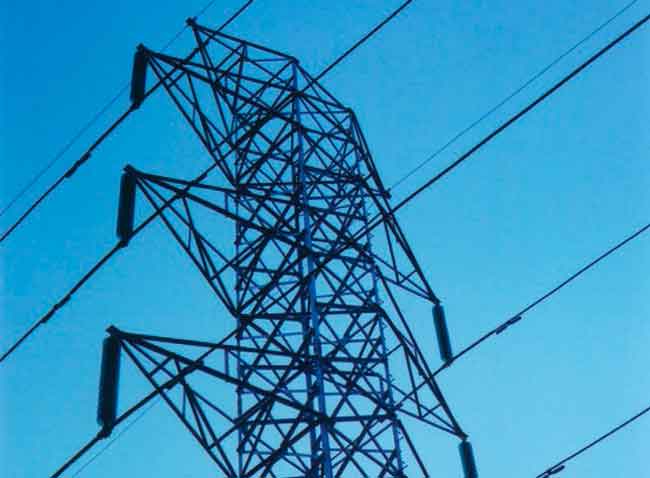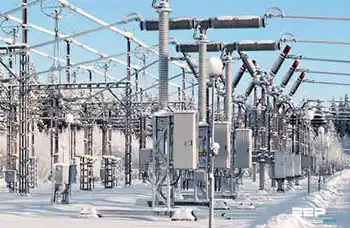Uranium producer warns of lake pollution
By New York Times
Electrical Testing & Commissioning of Power Systems
Our customized live online or in‑person group training can be delivered to your staff at your location.

- Live Online
- 12 hours Instructor-led
- Group Training Available
The plant at Port Hope, Ontario, across the lake from Rochester and down the shore from Toronto, first refined uranium for the Manhattan Project during World War II. It has been temporarily closed since July to remove contaminated soil.
A spokesman for Cameco, Lyle Krahn, said that a computer model created for the cleanup, which is several months behind schedule, indicated that the radioactive and toxic materials have been polluting a harbor adjacent to the factory. The harbor leads directly to the lake.
The company notified the regulatory agency, the Canadian Nuclear Safety Commission, about the finding at a meeting and now plans drilling tests to confirm the contamination and to measure its extent.
“We’re anticipating that material may have been entering the harbor,” Mr. Krahn said, adding that Cameco did not know how long it would take to confirm any possible pollution.
A spokesman for the agency, Aurèle Gervais, said: “The Port Hope UF6 plant matter has been ongoing for some time and the harbor issue is a recent development,” using the chemical formula for uranium hexafluoride.
In a background paper prepared for the agencyÂ’s commissioners, its staff concluded that the potential remained for continued water pollution from the plant.
Cameco in general and the aging Port Hope refinery, which transforms mined uranium into forms suitable for electrical power reactors, have long been targets of environmental groups and the regulatory agency.
After a flood last year closed one of the company’s mines, which produces about 10 percent of the world’s uranium, Linda J. Keen, then the head of the regulatory agency, said her commissioners and staff had a “lack of confidence” in Cameco and its management.
Gordon Edwards, the president of the Canadian Coalition for Nuclear Responsibility, an environmental group in Montreal, said that contamination of the lake had been assumed, given the plantÂ’s age, history and location.
“There’s a long history of contamination at Port Hope,” he said. “The whole siting of this refinery is absurd. It’s right in the center of town, it’s on flood plain and right on the lakefront.”
The plant was opened in the 1930s by Eldorado Mining and Refining to process radium and has undergone several cleanups.
The most recent effort began in July when a construction project at the factory uncovered soil contamination that led to the plantÂ’s closing. At the time, the company said that the shutdown and cleanup would take about two months. Mr. Krahn said the 18 million-dollar project, which involves removing soil under the plant and constructing a leakproof floor, will be finished by the third quarter.
If drilling confirms lake pollution, Mr. Krahn said that Cameco did not expect that would delay the plantÂ’s reopening.











